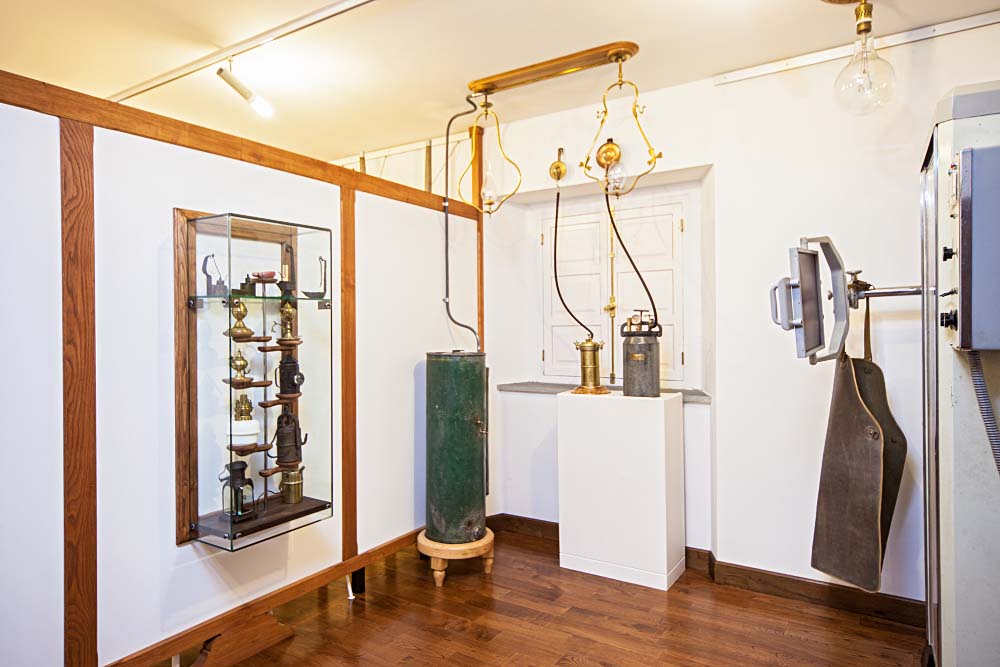Peasants’ lives was marked by sunlight. At night, the only light in the house was the fire of the lareira and, if necessary, an oil lamp or a garabuya or cádaba, a dry branch of uz (heather) that was hung on the paparote, which kept the flame burning for a long time. These systems alternated with oil lanterns and carbide lamps. Wax candles were rarely used in domestic environments, and their preferred use was religious. Occasionally, sheep tallow candles were made for everyday use.
Electricity began to reach the region in the second decade of the 20th century. Its introduction was very slow and most parishes did not have electricity until the mid-1940s, with several villages remaining without electricity until the 1980s.


